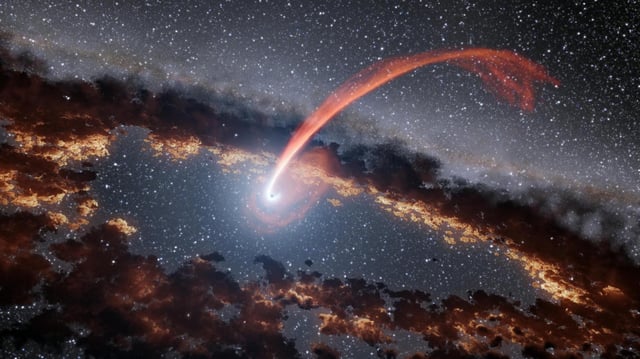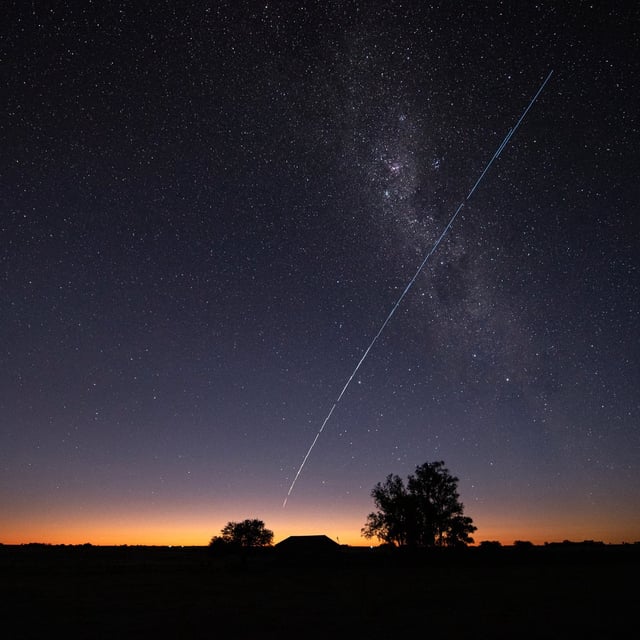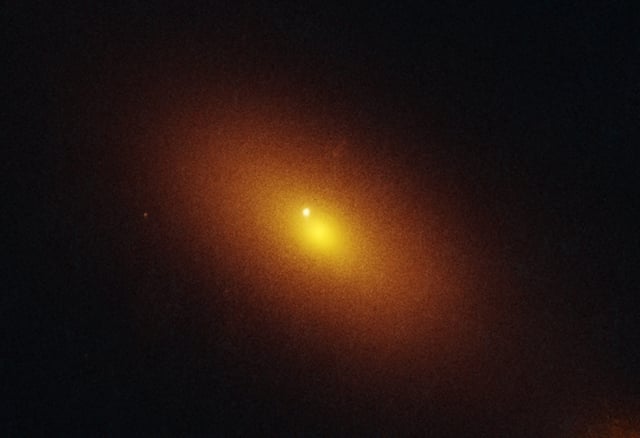Overview
- Extreme nuclear transients (ENTs) release as much energy in a year as 100 supernovae, with Gaia18cdj emitting 25 times more than the brightest known supernova
- ENTs occur when stars at least three times the Sun’s mass are torn apart by supermassive black holes, producing flares that remain visible for years
- Researchers traced three ENTs in archival Gaia data (2016, 2018) and a 2020 Zwicky Transient Facility detection before classifying them in Science Advances on June 4, 2025
- Although ENTs are at least ten million times rarer than supernovae, their extreme brightness makes them detectable across vast cosmic distances
- Next-generation surveys from the Vera C. Rubin Observatory and NASA’s Roman Space Telescope are expected to uncover more ENTs and sharpen insights into black hole growth



